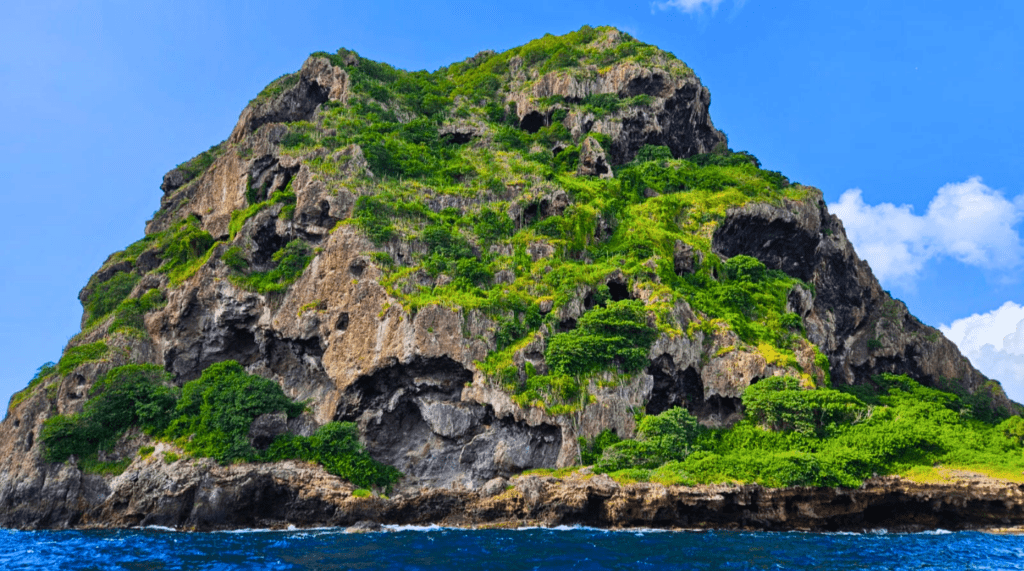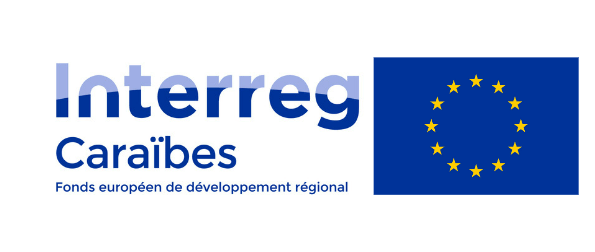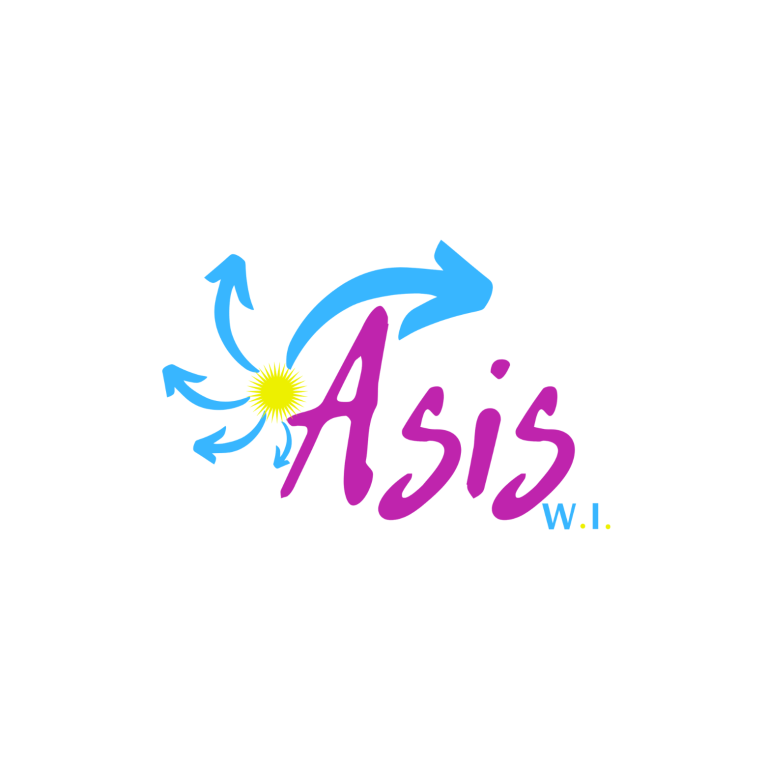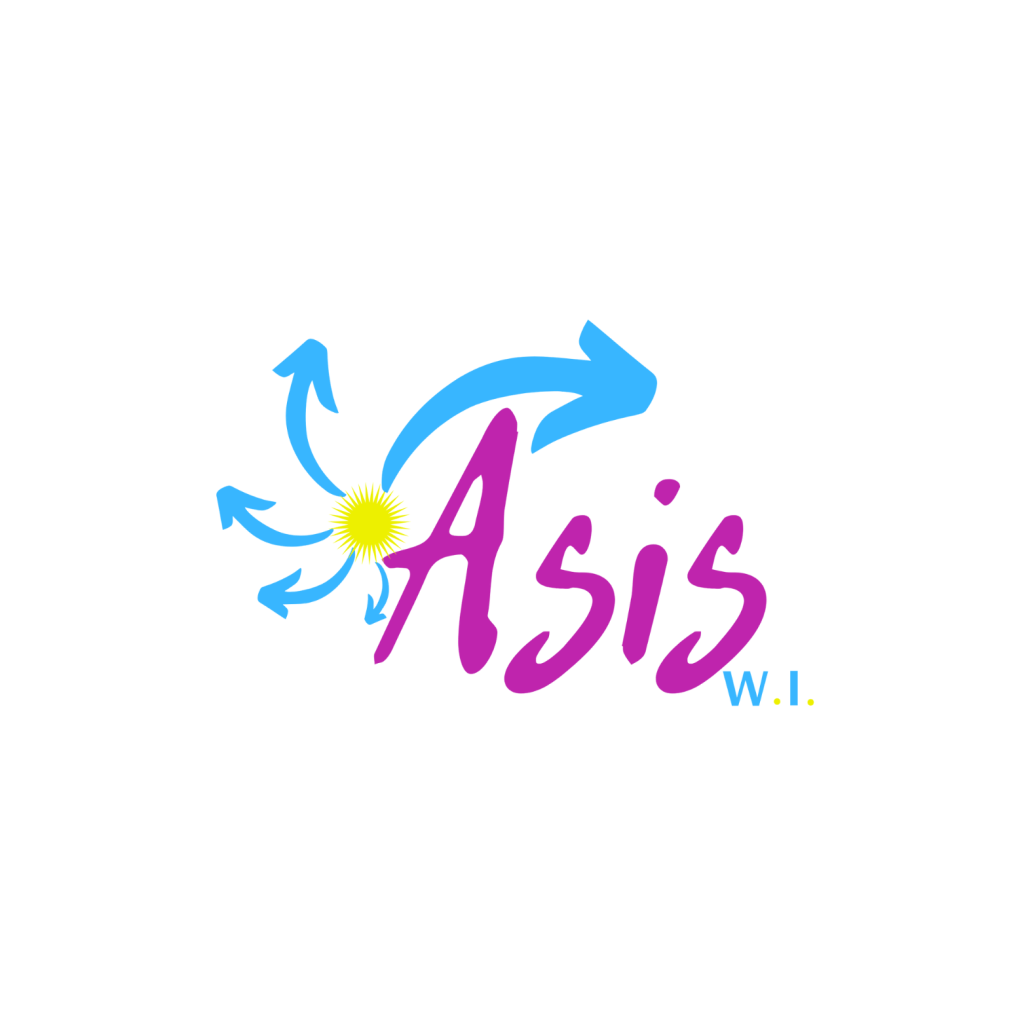Martinique
A Caribbean paradise of cultural and natural wonders
Located in the heart of the Caribbean Sea, Martinique is a French island that combines natural beauty with cultural richness. The capital, Fort-de-France, is a bustling port city that serves as the economic and cultural center of the island. With its lush mountains, white sandy beaches, and the famous Montagne Pelée, it is a sought-after destination for nature and culture enthusiasts.
Geographic and geological overview
A Geographic Snapshot
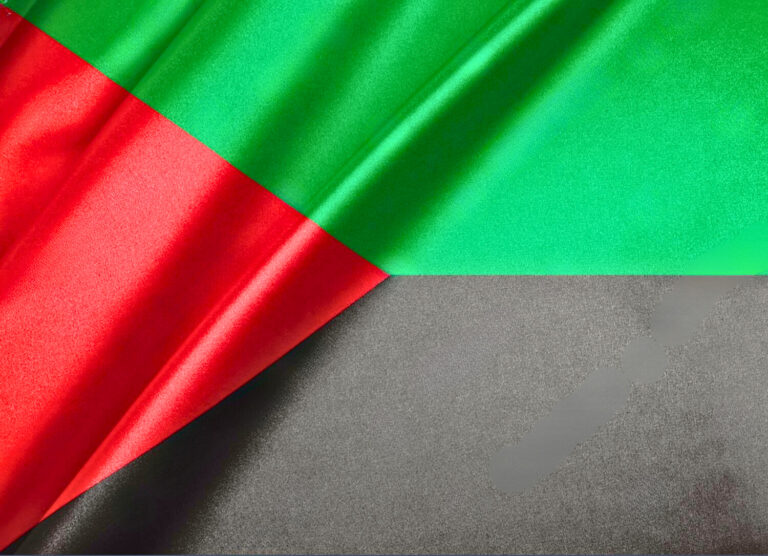
- Size: Approximately 1,128 square kilometers (435 square miles).
- Capital: Fort-de-France, located on the West Coast.
- High Point: Montagne Pelée, reaching 1,397 meters (4,583 feet).
- Population: About 375,000 (2022).
- Vegetation: Tropical forests, sugarcane plantations, and idyllic beaches, supported by a tropical climate.
- Water Bodies: Several rivers and waterfalls, such as the Lézarde River and the Carbet Falls.
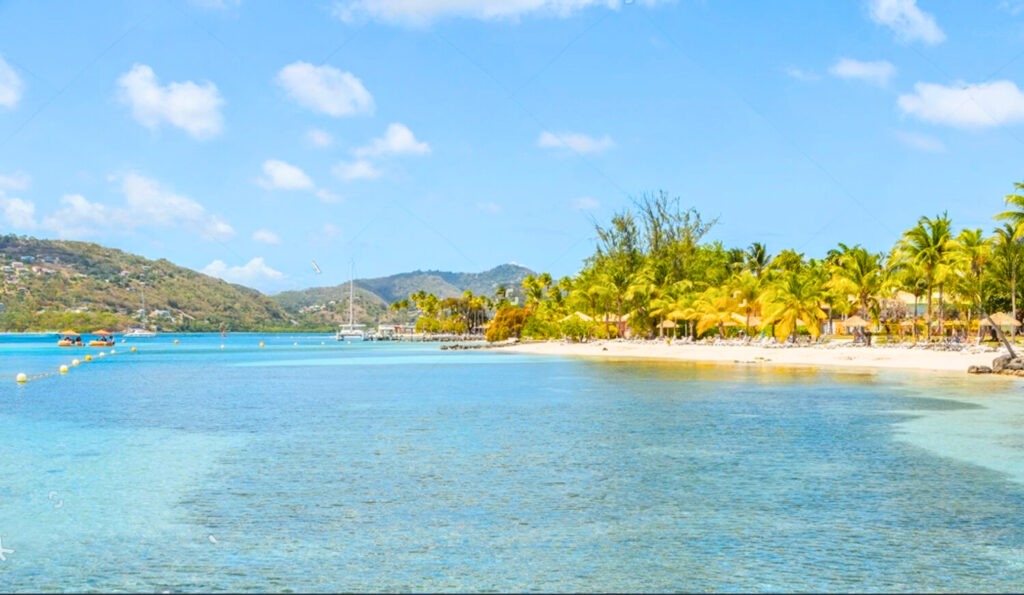
Geological Features
- Geology: The island is of volcanic origin, with Montagne Pelée being one of the most active volcanoes in the region.
- Natural Wonders: Martinique is home to unique natural sites, such as the Caravelle Peninsula, known for its mangroves and marine biodiversity.
Cultural Landscape
A rich cultural landscape
Martiniquais culture is the result of a blend of African, French, and Indian influences, visible in the language, music, and cuisine. The Carnival of Martinique is one of the most iconic events, attracting visitors with its colorful parades and lively music. Martinican Creole, widely spoken, enriches the island’s linguistic diversity.
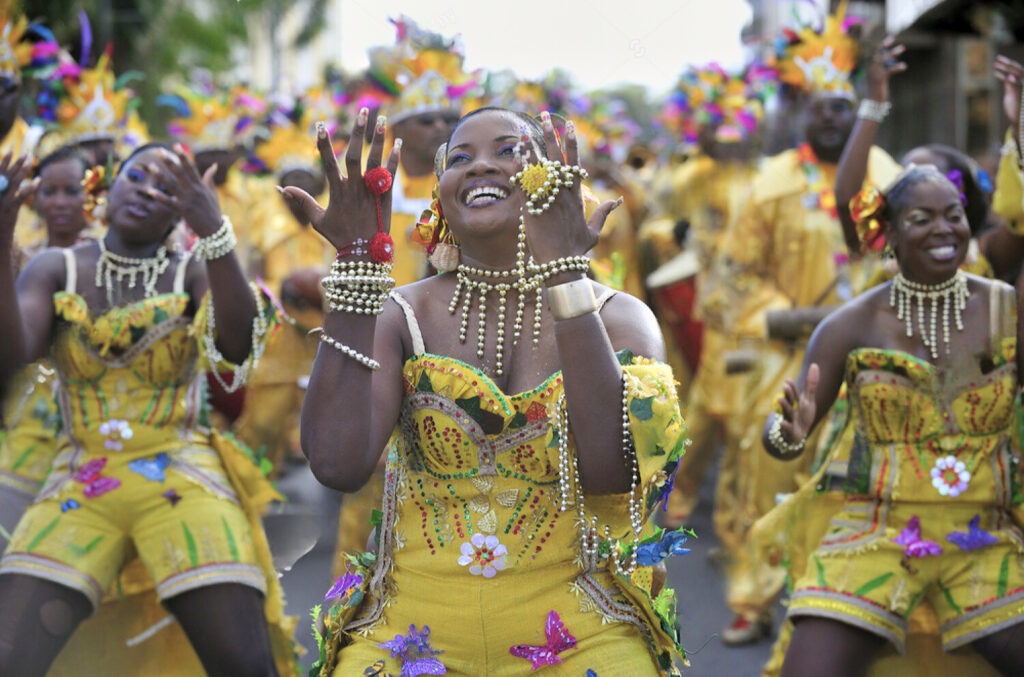
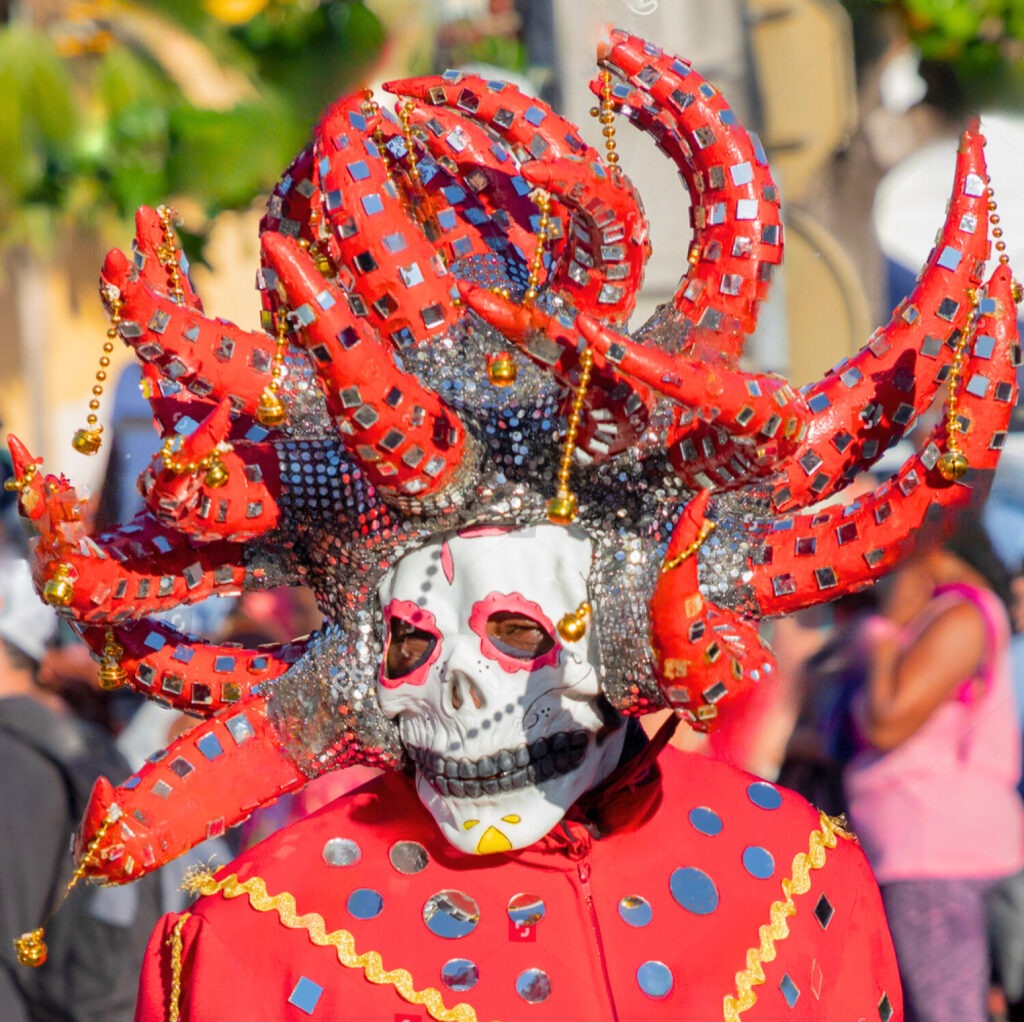
Local Cuisine
Culinary delights of Martinique
The cuisine of Martinique reflects a skillful blend of culinary traditions, highlighting fresh, local ingredients. The national dish, “colombo,” is a spicy stew made with meat or fish, accompanied by vegetables and rice. The “boudin créole,” a spicy sausage, is also a must-try. Tropical fruits such as mango and papaya add a sweet touch to the dishes.
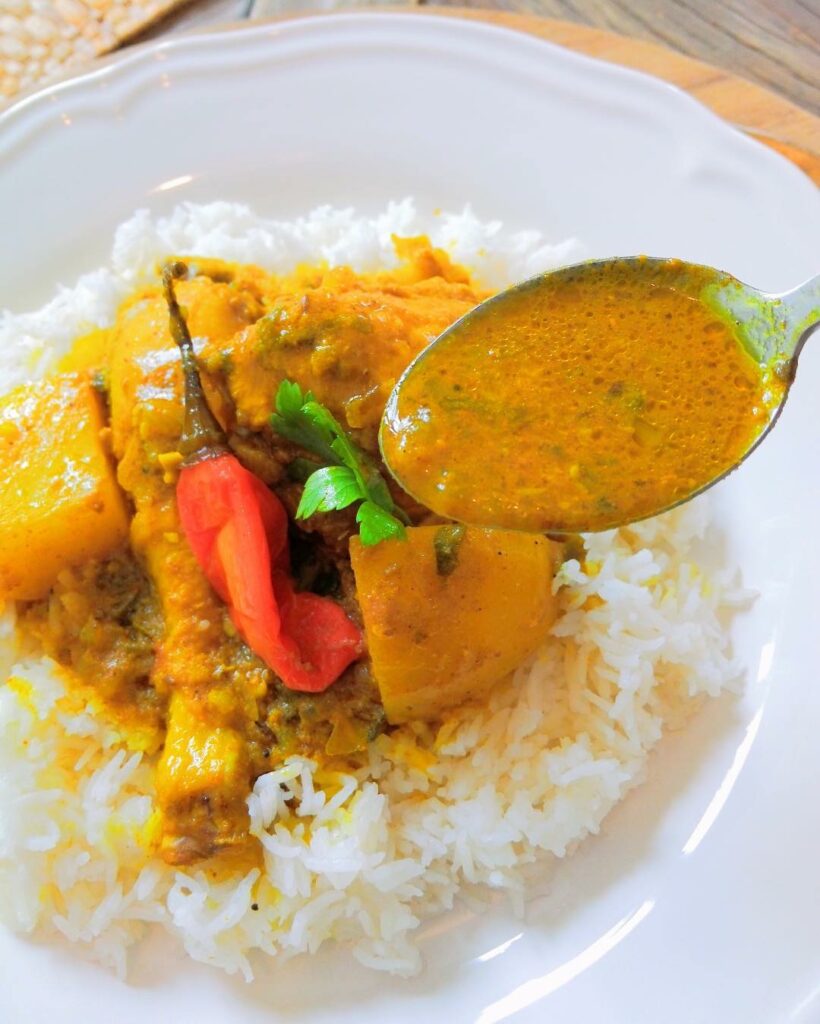
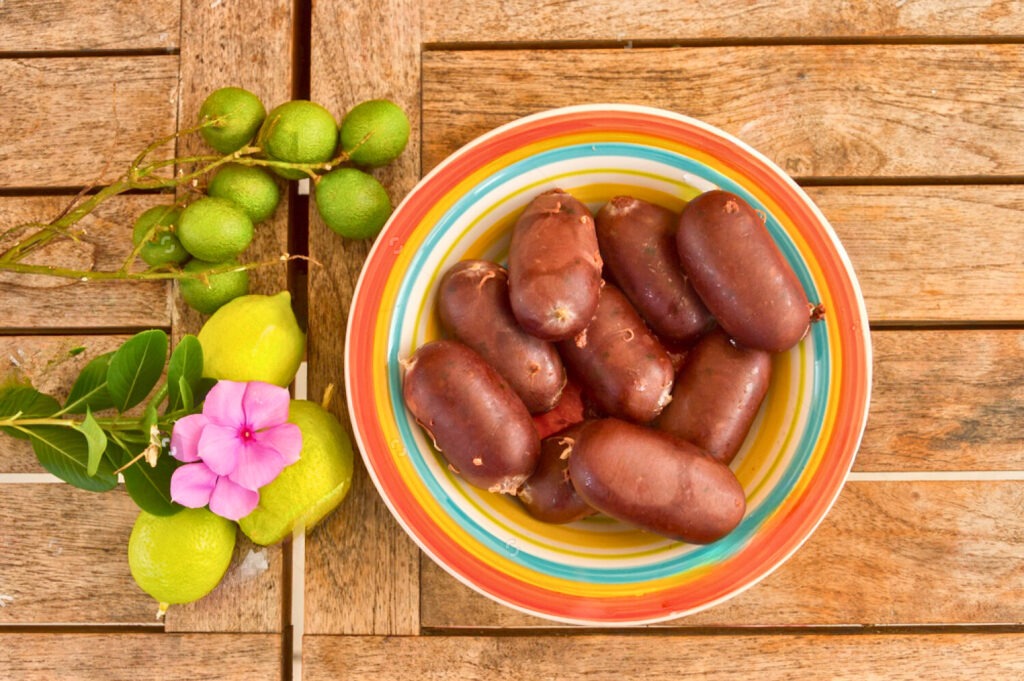
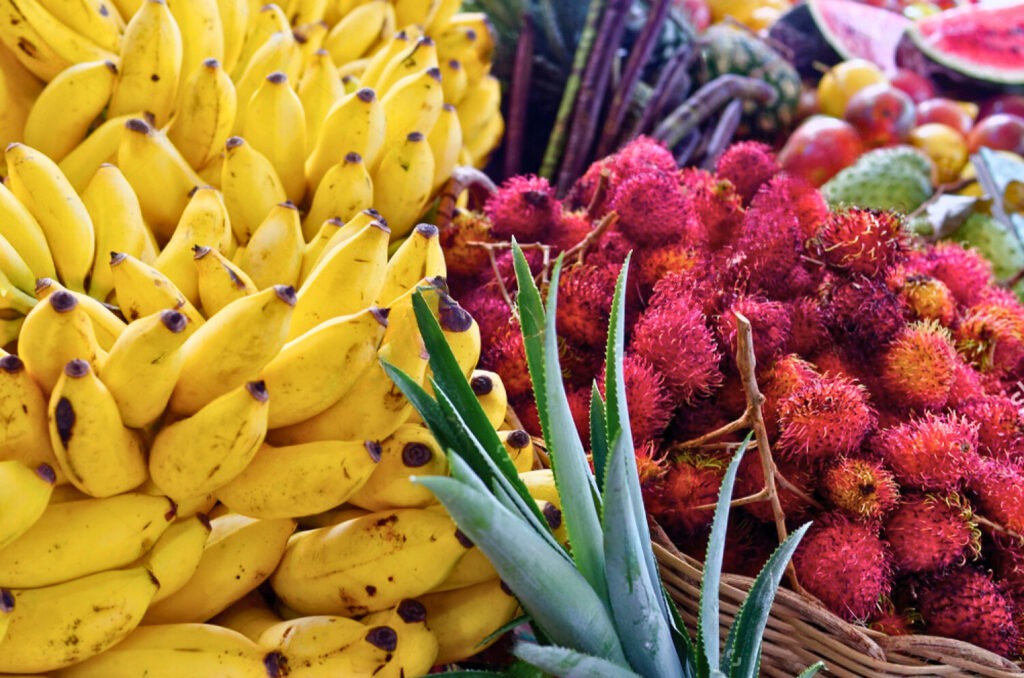
Economy and Infrastructure
Economic overview
The economy of Martinique is diverse, with tourism, agriculture, and services as key drivers.
- Tourism: Represents about 20% of GDP, attracting visitors for its landscapes, culture, and hospitality. Beaches like Les Salines and Anse Dufour are particularly popular.
- Agricultural sector: Sugarcane is one of the main export products, although agriculture faces challenges such as climate change.
- Infrastructure: The island has well-developed infrastructure, with Aimé Césaire International Airport and a network of roads facilitating access to tourist attractions.
-
Environmental sustainability: Martinique is increasingly emphasizing environmental sustainability. Initiatives aim to protect marine ecosystems, promote eco-friendly tourism, and conserve natural resources. The government is working on developing renewable energy sources and sustainable agricultural practices.
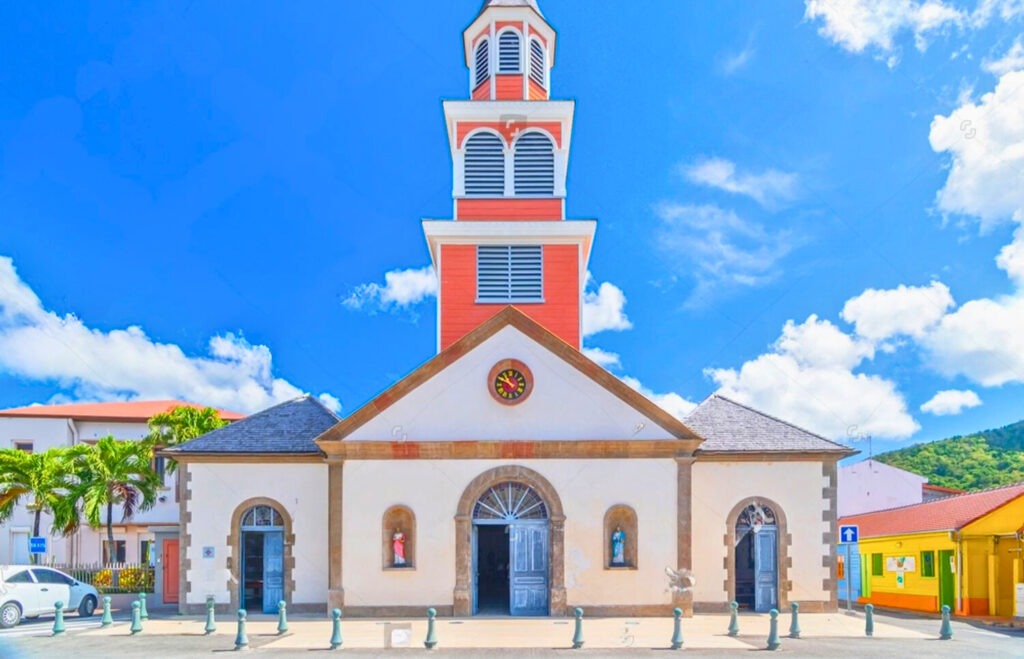
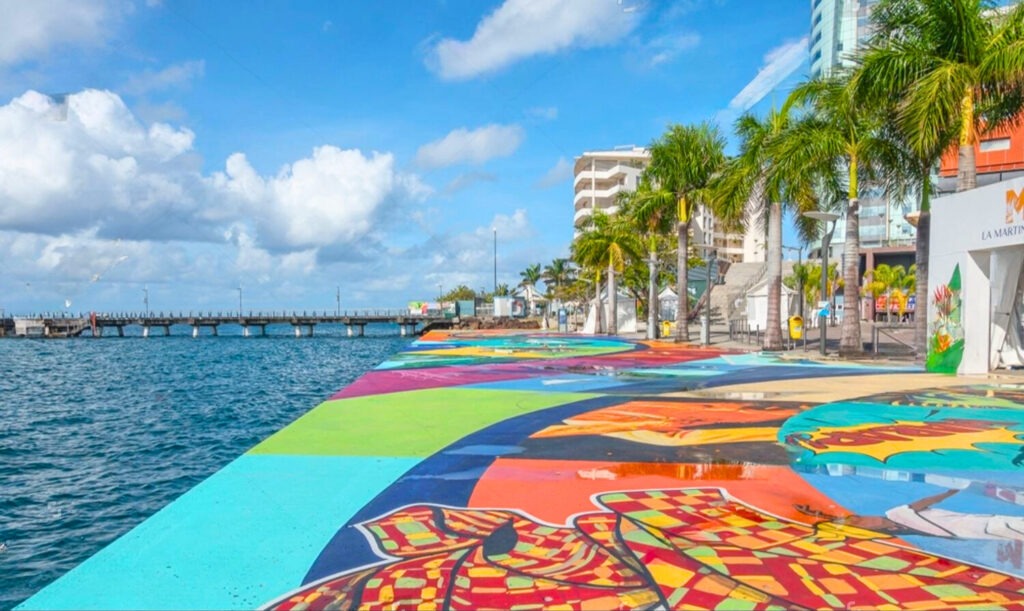
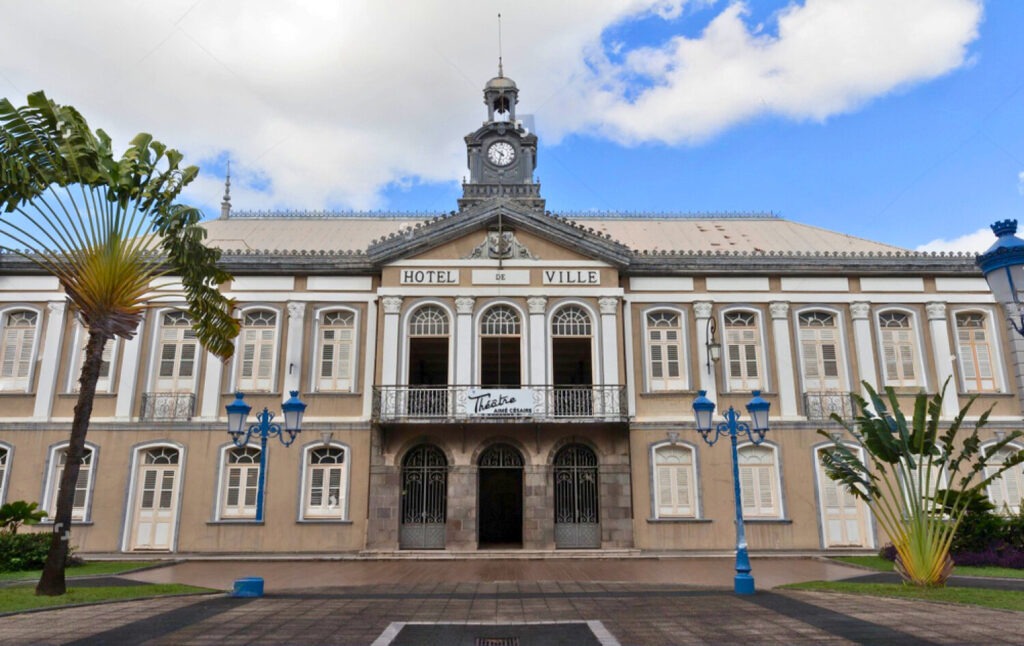
Historical Insights
From colonization to autonomy
Various influences mark the history of Martinique:
- Colonization: The French colonized the island in the 17th century, leading to conflicts with indigenous populations.
- Slavery and Emancipation: The abolition of slavery in 1848 was a major turning point, leading to a diverse cultural identity.
- Current Status: Martinique is a French overseas department, enjoying a special status within the European Union.
What makes Martinique so unique
Natural Landscapes
- Mount Pelée: An active volcano with a dramatic landscape.
- Beaches: Pristine beaches like Les Salines and Anse à l’Ane.
- Rainforests: Dense tropical rainforests perfect for hiking and nature walks.
Cultural Heritage
- Historical Sites: The Fort-de-France Cathedral, the Schoelcher Library, and the La Pagerie Museum, which was the birthplace of Joséphine de Beauharnais, Napoleon’s wife.
- Festivals and Events: The island’s festivals and cultural events showcase its rich cultural identity.
Places to visit in Martinique
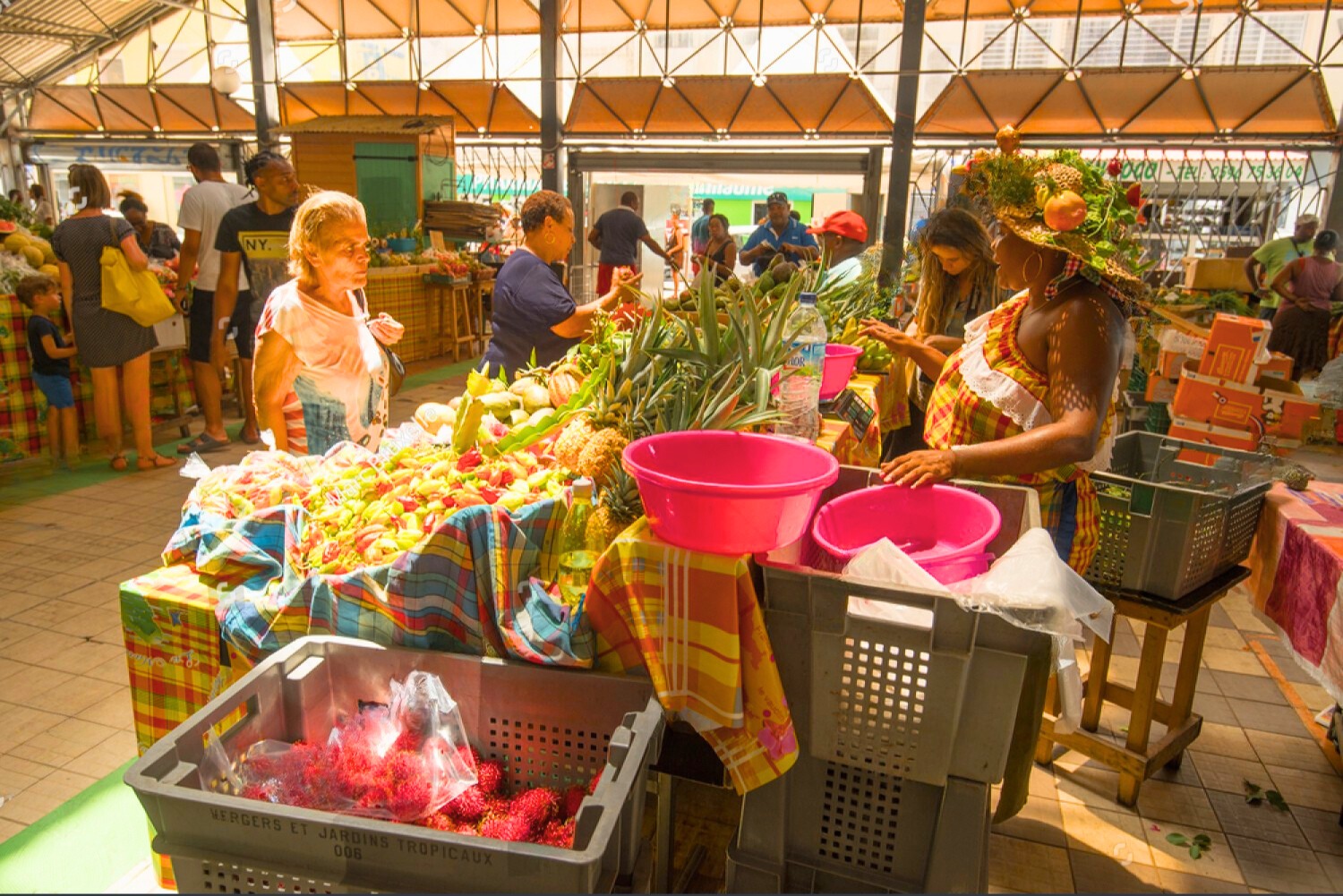
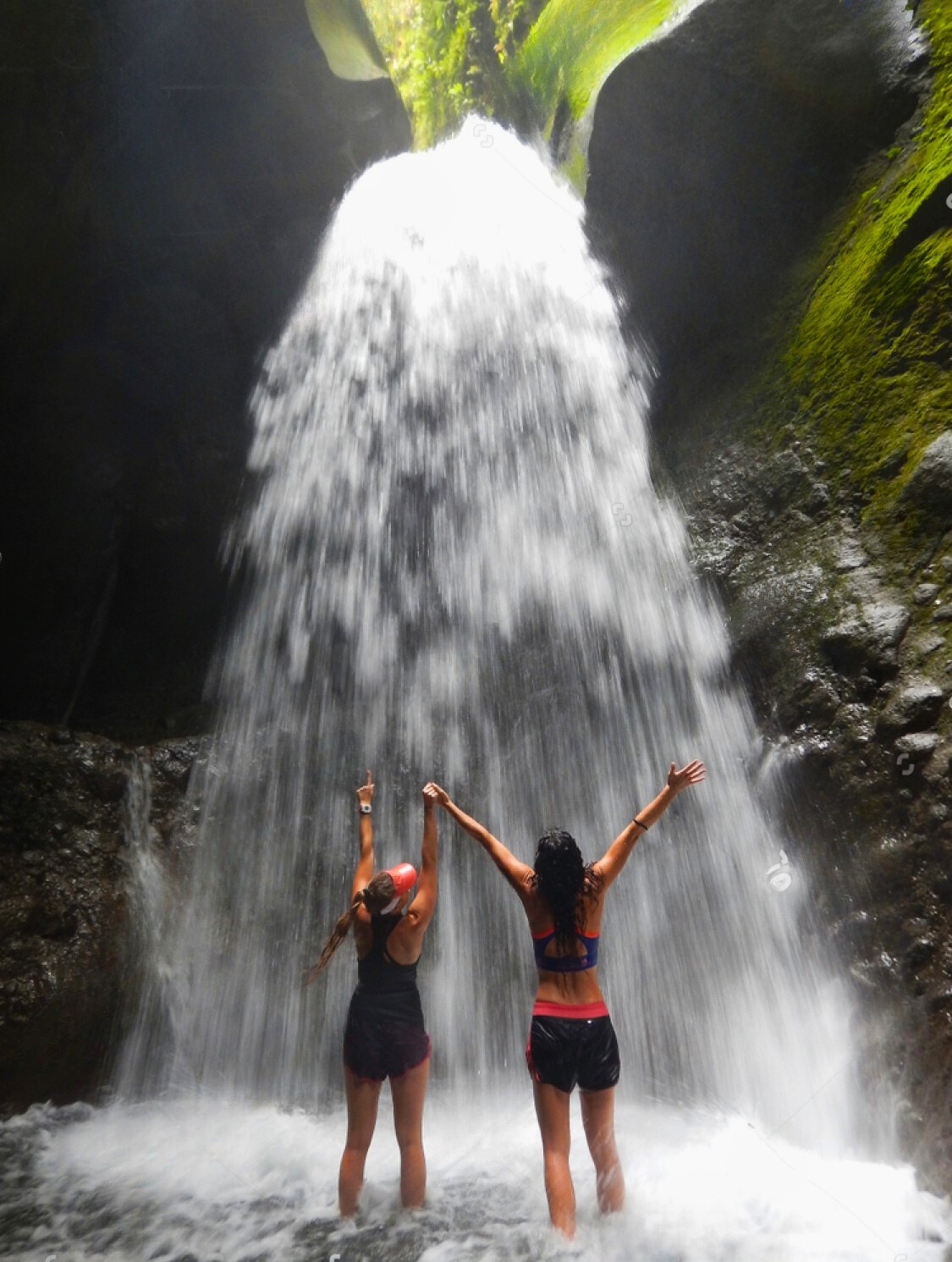
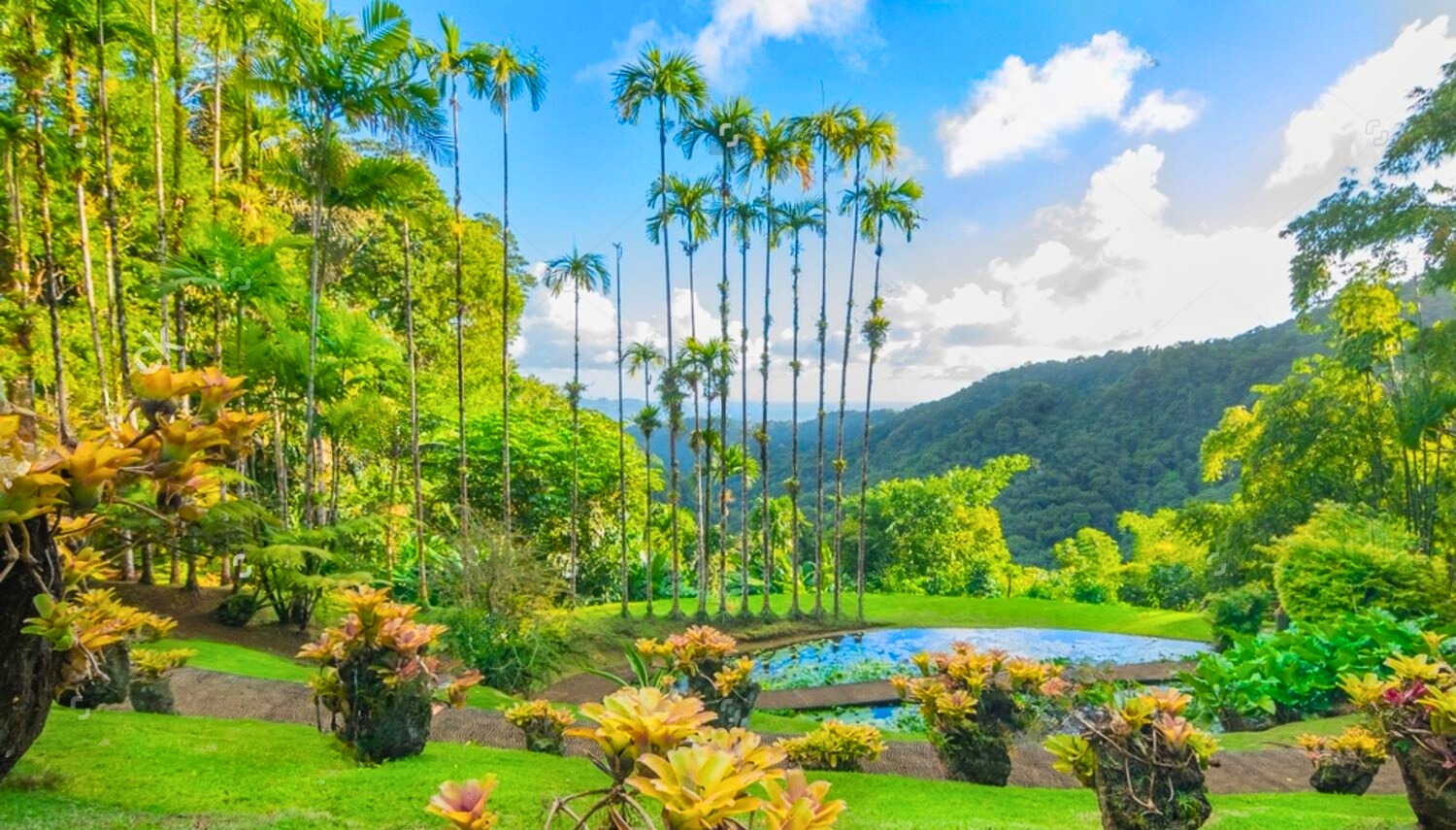
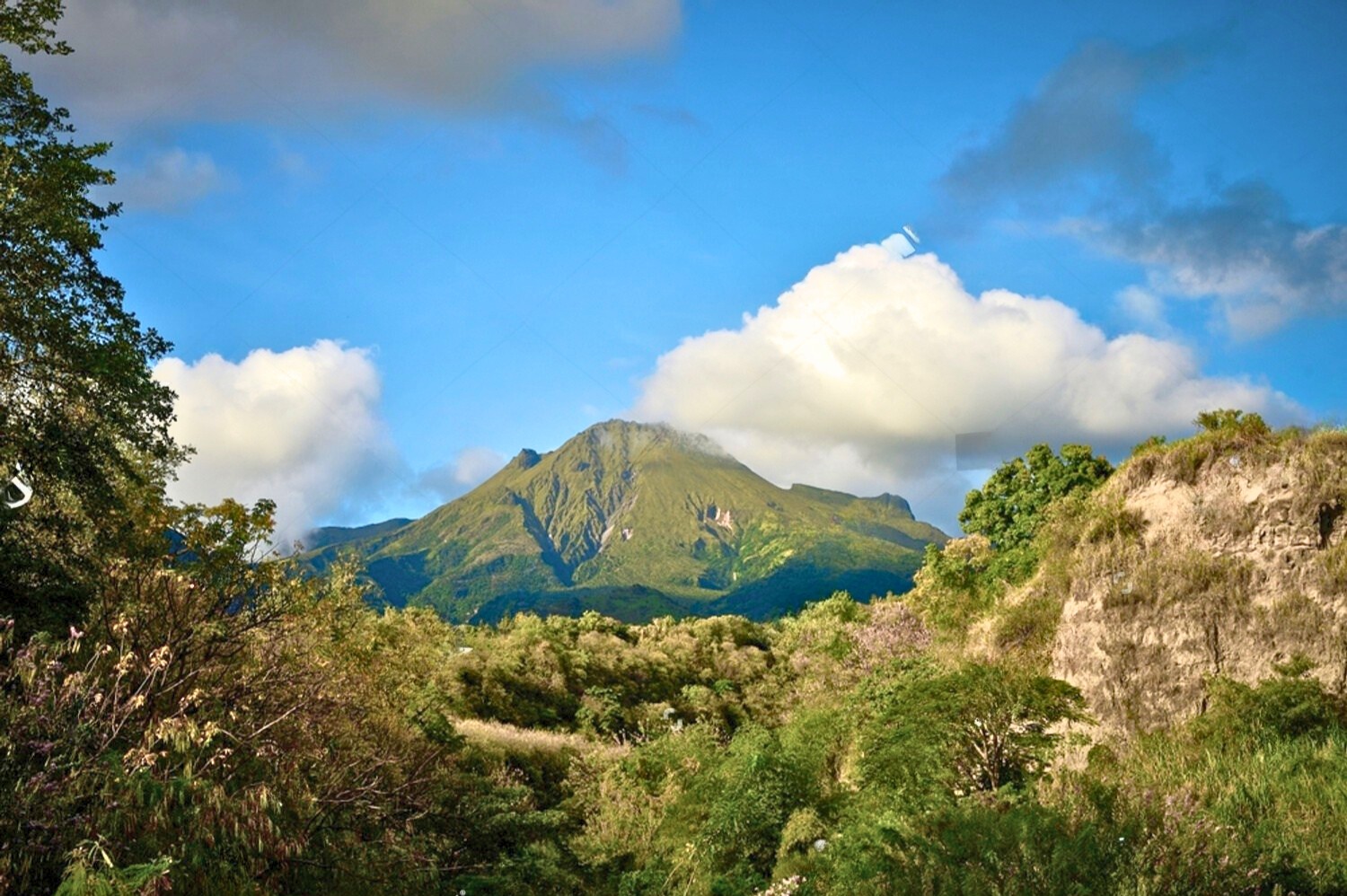
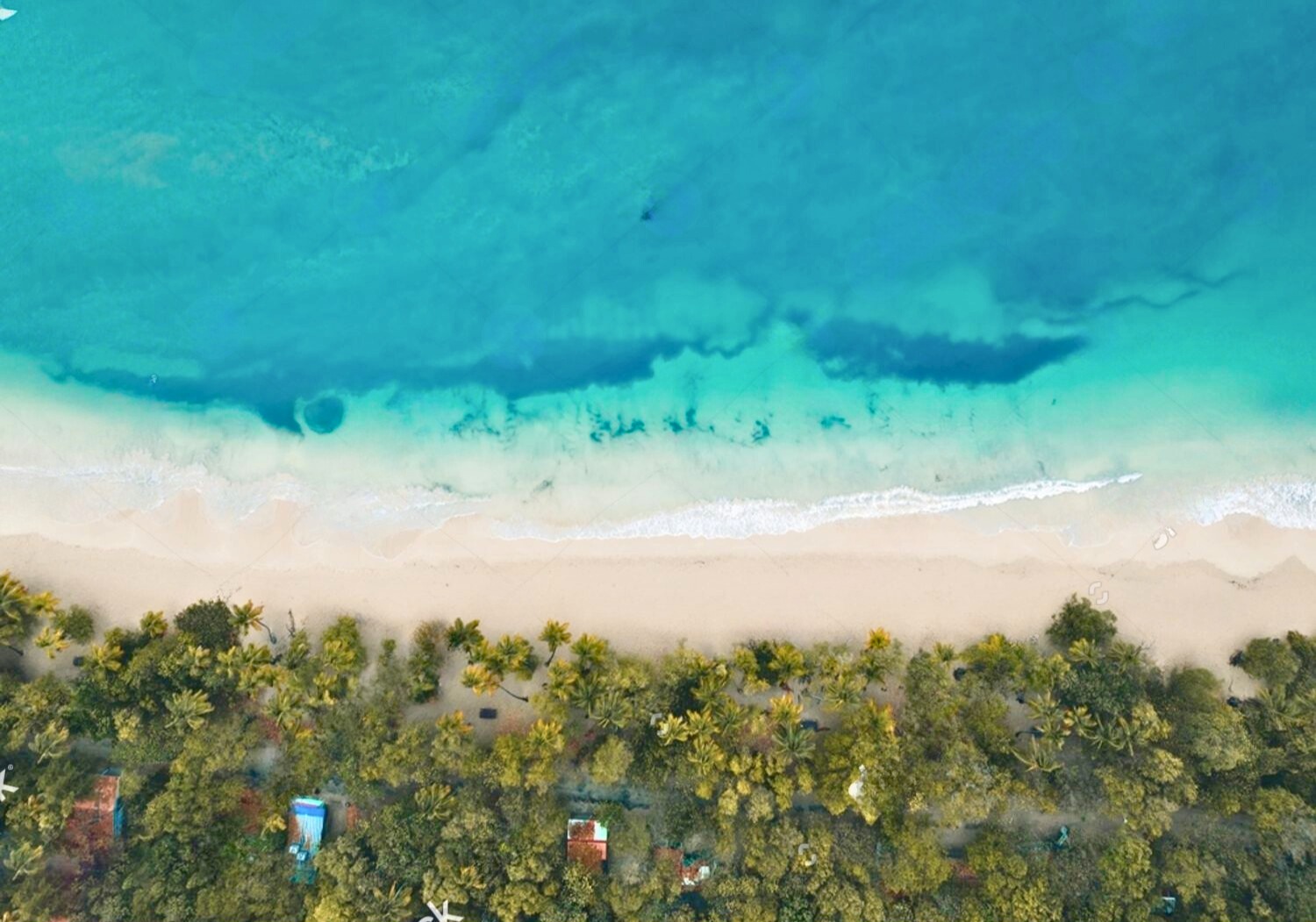
Events
The culture of Martinique is showcased through various festivals and events:
- Carnival (February): A colorful celebration with parades and music.
- Music Festival (June): An event highlighting local musical talents.
- Gastronomy Festival (September): A tribute to Martinican cuisine featuring tastings and workshops.
- All Saints’ Day (November): Celebrated with cultural and religious events.
Directory
Cultural and artistic venues
- Schœlcher Library: A historic building with a rich literary collection.
- Fort-de-France Art Center: A space dedicated to contemporary art and promoting local artists.
- Camille Darsières Space: A meeting place for cultural and artistic events.
Museums and Heritage
- Pagerie Museum: The birthplace of Joséphine de Beauharnais, highlighting colonial history.
- The Slave Village: A memorial site that evokes the history of slavery in Martinique.
- Sugar Museum: A space dedicated to the history of sugarcane cultivation.
Martinique, with its unique combination of natural beauty, rich culture, and warm hospitality, stands out as an essential destination in the Caribbean, inviting visitors to savor its landscapes, cuisine, and heritage.

